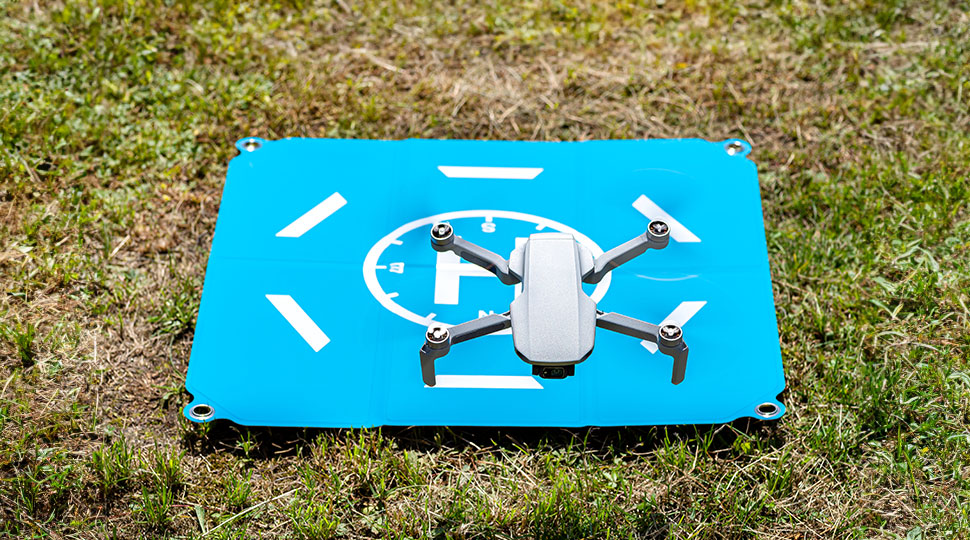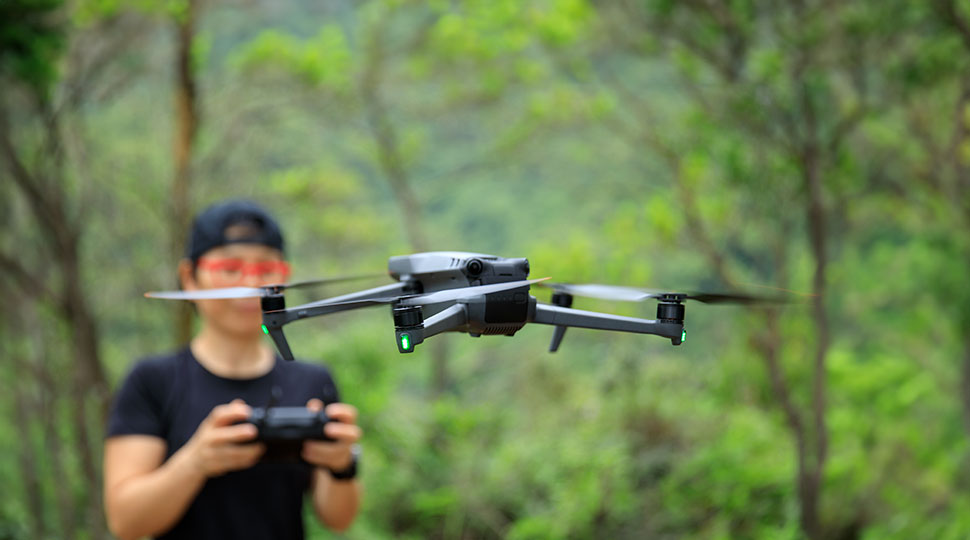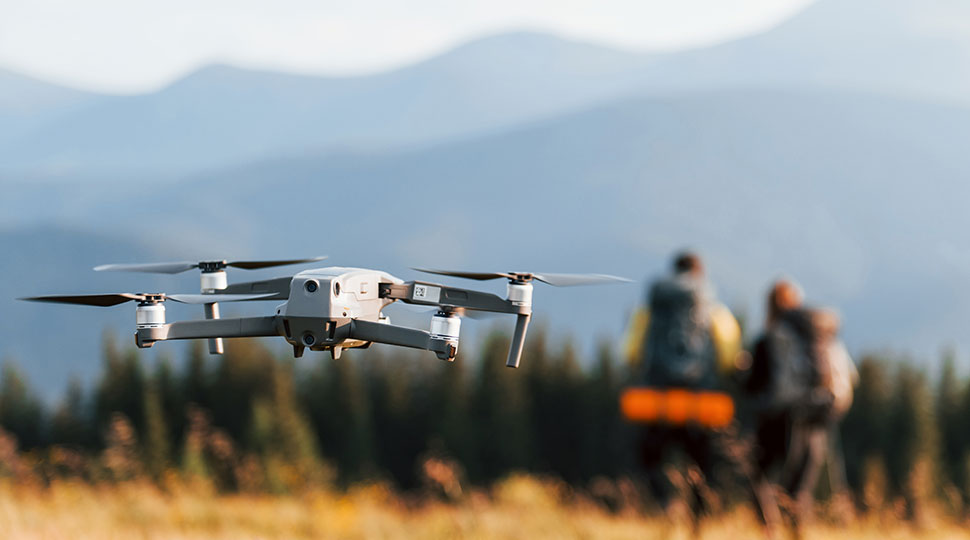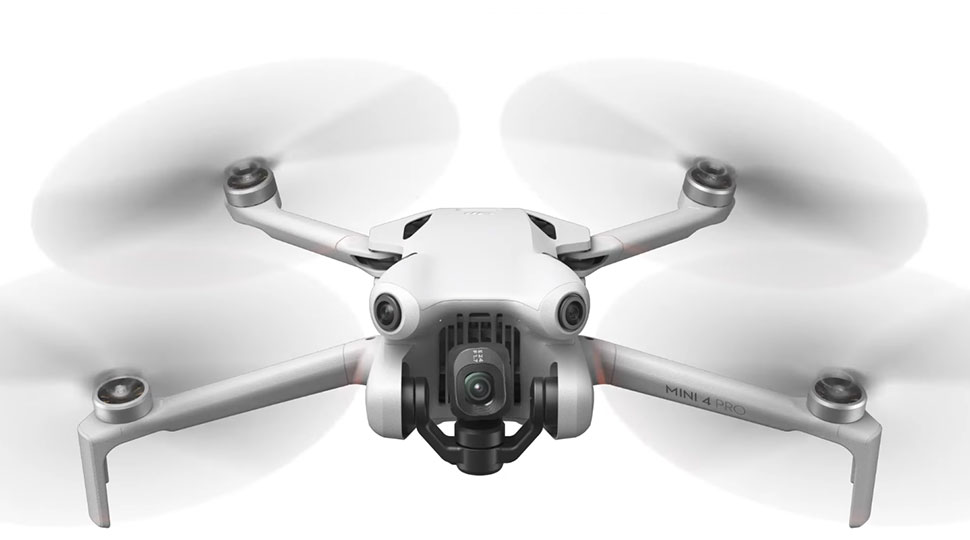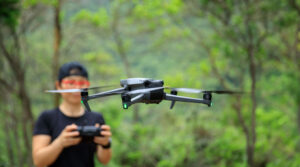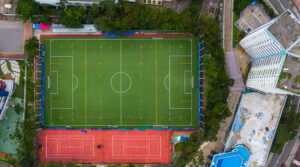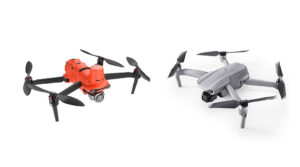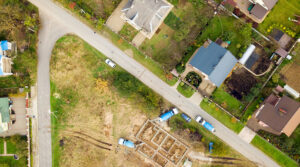Drone maintenance and repair are crucial aspects of drone ownership, especially for frequent flyers or those who rely on their drones for work. Proper care can help prolong the lifespan of your aerial vehicle, ensure optimal performance, and prevent costly repairs.
The use of drones has become increasingly widespread in various industries such as real estate, construction, and filmmaking, making them an essential tool for many professionals. Even if you’re a seasoned drone operator, it’s essential to understand the importance of regular maintenance to keep your drone running smoothly.
With proper care, you can extend its lifespan, enhance its performance, and avoid costly repairs.
Drone Maintenance and Repair Basics
Regular maintenance is vital to ensure your drone functions correctly and prolong its lifespan. This includes routine checks, cleaning, and replacing worn-out parts. A well-maintained drone is less prone to malfunctions and breakdowns, which can lead to costly repairs or even render it unusable.
By performing regular maintenance tasks, you can identify potential issues early on and address them before they become major problems. This proactive approach will not only save you time and money in the long run but also ensure your drone remains airworthy and safe to operate.
Some of the basic maintenance tasks that should be performed regularly include:
- Cleaning the propellers and motor housing to prevent debris buildup and ensure smooth operation
- Inspecting the drone’s electrical connections for signs of wear or damage, and replacing them if necessary
- Checking the battery health and calibrating it according to the manufacturer’s instructions
- Lubricating moving parts, such as the gimbal or landing gear, to reduce friction and prevent corrosion
- Updating the drone’s software and firmware to ensure you have the latest features and security patches
By incorporating these basic maintenance tasks into your regular routine, you’ll be able to:
- Identify potential issues early on, reducing the risk of costly repairs or downtime
- Extend the lifespan of your drone, saving you money in the long run
- Ensure optimal performance and reliability, making it easier to fly and capture high-quality footage
- Reduce the risk of accidents or damage caused by mechanical failure
Whether you’re a seasoned drone operator or just starting out, understanding the importance of regular maintenance is crucial to getting the most out of your aerial vehicle.
Common Issues with Drones and How to Fix Them
As a drone owner, you may encounter various issues that can affect its performance or even render it unusable. In this section, we’ ll explore common problems and provide step-by-step guides on how to troubleshoot and fix them.
One of the most common issues with drones is propeller damage or malfunction. If your drone’s props are damaged or not spinning properly, it can cause vibration, loss of altitude, or even complete loss of control.
This issue can be caused by various factors such as:
- Collisions with objects or people
- Poor propeller installation or adjustment
- Worn-out or damaged propellers
To fix this issue, you’ll need to replace the damaged propellers with new ones that match your drone’s specifications.
Here are some steps to follow:
- Identify the damaged propellers: Inspect your drone’s props for any signs of damage, such as cracks, dents, or bent blades.
- Order replacement propellers: Purchase new propellers that match your drone’s specifications, including the material, size, and pitch.
- Remove the old propellers: Carefully remove the damaged propellers from your drone, taking note of any screws or clips that may be holding them in place.
- Install the new propellers: Mount the new propellers on your drone, ensuring they are securely fastened with screws or clips.
- Check and adjust the propeller alignment: Verify that the new propellers are properly aligned with the drone’s motors and blades.
Another common problem is faulty ESCs (Electronic Speed Controllers). ESCs regulate the speed of your drone’s motors and are prone to overheating or malfunctioning due to excessive use. If your ESCs fail, you may notice a loss of power or erratic behavior from your drone.
In this case, replacing the faulty ESCs with new ones is usually the best solution.
ESC failure can be caused by various factors such as:
- Overheating due to excessive use or poor cooling
- Malfunctioning due to electrical issues or damage
- Incorrect installation or configuration
To fix an ESC issue, you’ll need to:
- Identify the faulty ESC: Inspect your drone’s ESCs for any signs of overheating, burning, or other damage.
- Order replacement ESCs: Purchase new ESCs that match your drone’s specifications, including the type and rating.
- Remove the old ESCs: Carefully remove the faulty ESCs from your drone, taking note of any connections or wiring that may be holding them in place.
- Install the new ESCs: Mount the new ESCs on your drone, ensuring they are securely connected to the motors and other components.
- Check and configure the ESC settings: Verify that the new ESCs are properly configured and calibrated for optimal performance.
By following these steps, you can troubleshoot and fix common issues with your drone’s propellers and ESCs, ensuring it continues to perform optimally and safely.
Advanced Troubleshooting Techniques for More Complex Issues
While basic maintenance and repair tasks can resolve most issues, more complex problems require advanced troubleshooting techniques. In this section, we’ll discuss methods to identify and fix more intricate problems that may affect your drone’s performance.
If you notice unusual behavior from your drone, such as erratic flight patterns or sudden loss of altitude, it could be due to a faulty GPS signal.
To troubleshoot this issue, try resetting the GPS module on your drone or replacing it if necessary. Additionally, ensure that your drone is flying in an area with clear GPS satellite visibility.
Another advanced troubleshooting technique involves using software updates and firmware revisions. If you’re experiencing issues with your drone’s flight controller or other electronic components, updating the firmware may resolve the problem.
Be cautious when applying software updates, as they can sometimes cause more harm than good if not done correctly.

When dealing with complex issues, it’s essential to identify the root cause of the problem rather than just treating symptoms. For example, if your drone is experiencing motor failure or vibration, it could be due to a worn-out bearing or misaligned propellers.
In such cases, replacing the faulty components or adjusting the propellers may resolve the issue.
By following these advanced troubleshooting techniques, you can identify and fix more complex problems that may affect your drone’s performance.
Remember to always consult your drone’s user manual and manufacturer’s guidelines before attempting any repairs or software updates.
Cleared For Takeoff
Regular maintenance is key to preventing malfunctions and breakdowns, and by following our tips on cleaning, inspecting, and replacing worn-out parts, you’ll be well on your way to becoming a drone maintenance expert.
When more complex issues arise, don’t be intimidated – with the right knowledge and tools, you can identify and fix even the most intricate problems. By taking proactive steps to maintain and repair your drone, you’ll not only extend its lifespan but also enhance its performance and reliability.
As drone technology continues to evolve, it’s crucial that we stay informed about best practices for maintenance and repair. Whether you’re a seasoned pilot or just starting out, incorporating these tips into your routine will help you get the most out of your aerial vehicle and ensure a safe and enjoyable flying experience.
By mastering the art of drone maintenance and repair, you’ll be able to unlock the full potential of your drone and take your flying experience to new heights.

